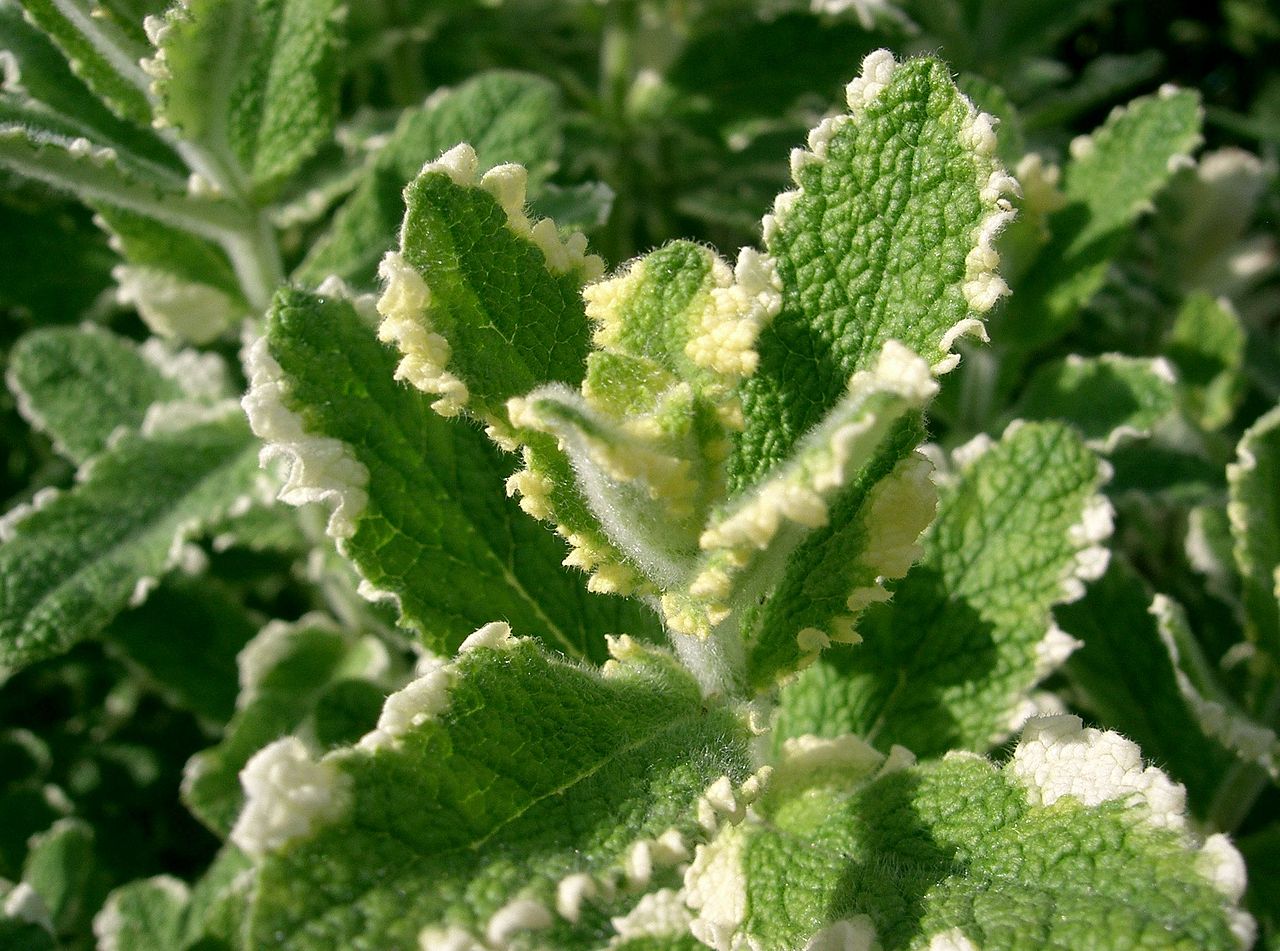There was nothing ground-breaking but it is great to see the grasslands and lake margins at St Aidan's coming into peak growth. Another two to three weeks and it will be a carpet of flowers.
However, it was good to find some of the nominate variety of Crack Willow (Salix x fragilis nothovar. fragilis). Its a great time to be looking for the varieties as trees are in catkin and the leaves are mature enough to avoid potential confusion with White Willow (Salix alba). Nothovar. fragilis seems very under-recorded, no doubt in part because when it is not in catkin it is the most nondescript of the nothovars, making it hard to have confidence in the ID. In the case of the local trees they are male, so can only be this nothovar. The only other similar male form (nothovar. furcata) has forked catkins.
The margins of the lakes and meadows have been sown with a variety of supposedly native species, but prevailing as non-native fodder forms. In peak bloom at the moment is Fodder Salad-burnet (Poterium sanguisorba subsp. balearica). A relatively tall form, with large flower heads longer than wide. I found it a challenge to get a decent photo, being left with just a couple out of 20 plus attempts.
The bicolour flowers of Common Vetch (Vicia sativa subsp. segetalis) were also much in evidence.
Elsewhere the two mature trees of a robust cultivar of Bird Cherry (Prunus padus 'Watereri') - relicts from a former colliery planting - were flowering well. I find it hard to believe this is not of hybrid origin. I am not the first to think this but I can find no evidence that this has ever been tested. It was once a popular plant for landscaping schemes, but in recent years the wild type has become the prevailing form planted. Not surprising given that the latter is a much more charming tree in comparison with this rather ungainly cultivar. Note the large leaves and long racemes (pencil in the photo is 15cm long).
A surprising plant this far down the Aire valley and out in the open on a ditch bank was a large clump of Greater Wood-rush (Luzula sylvatica). As this site is important flood storage in winter, I can only assume that it arrived with flood water.
On the way back home a garden throw-out by the marina gave me a new patch record, and the first hectad record in the DDB since before 1993. Round-leaved Mint (aka Pineapple Mint) was found under trees in its variegated form (Mentha suaveolens 'Variegata').
Photo by KENPEI (Wikimedia Commons)








No comments:
Post a Comment